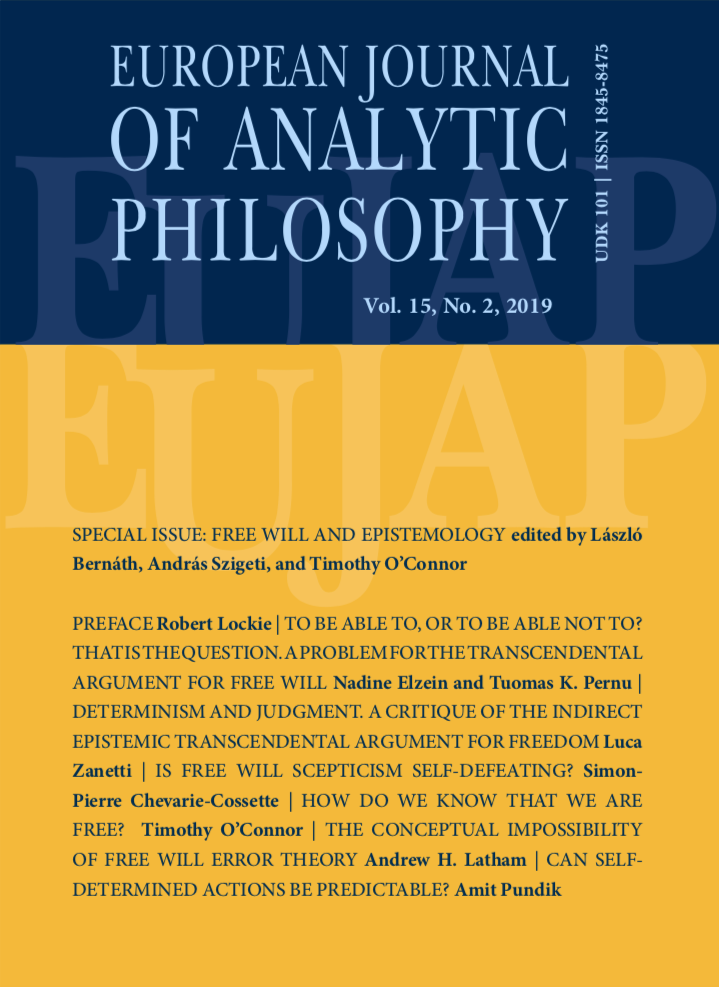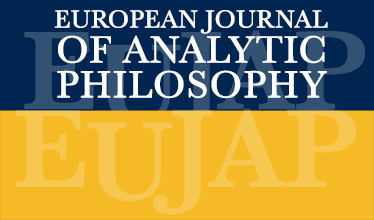BOOK SYMPOSIUM ON THE BIOPSYCHOSOCIAL MODEL OF HEALTH AND DISEASE: NEW PHILOSOPHICAL AND SCIENTIFIC DEVELOPMENTS BY DEREK BOLTON AND GRANT GILLETT DOWNLOAD PDF
INTRODUCTION BY GUEST EDITORS
Maria Cristina Amoretti (University of Genoa) and Elisabetta Lalumera (University of Bologna)
© 2021 Maria Cristina Amoretti and Elisabetta Lalumera
Cristina Amoretti, Orcid: https://orcid.org/0000-0003-2892-577X
Elisabetta Lalumera, Orcid: https://orcid.org/0000-0002-0345-0838
As is well known, George Engel’s seminal paper “The need for a new medical model: A challenge for biomedicine” (1977) argued that medicine should abandon a rigid biomedical model to adopt instead a model that would be able to consider the complex interrelations among the biological, psychological, and socio-environmental determinants of health and disease. Such an interdisciplinary and multidimensional model for addressing the etiology, prevention, prognosis, and clinical treatment of disease is the biopsychosocial (BPS) model.
After more than 40 years, the BPS is taken for granted in some areas of medical research and practice, and at the same time still rejected as vague and ineffective in others. In philosophical quarters the model is equally controversial, as it is welcomed by most anti-dualists, but also targeted by the objections of those who require a mechanistic account of causation, which is still not applicable to psychological-biological and the social-biological relations.
Derek Bolton and Grant Gillett (B&G)’s book starts from acknowledging this partial failure, reviews significant changes that took place in neuroscience, psychology, biology, and healthcare since Engel’s proposal, and elaborate a sophisticated defense of the BPS model on philosophical grounds, by providing a new account of the causal relations between the psychological, the biological and the social domain in terms of systems of communication-based regulatory control.
The book is organized into four separate chapters. In the first chapter, B&G present the origin of the BPS model as an alternative to the biomedical model, its long-standing leading role in medicine, healthcare, and health educational settings, as well as some recent critiques that have been developed against it, arguing that it is too general, vague, useless, incoherent, and lacking validity. The focus of the second chapter is instead a philosophical argument in favor of a “new biology”, which sees biological processes as operating and emerging from information transfer; this argument is in fact needed to dismiss the assumption that only physical causes are “real” causes. The third chapter moves from biology to psychology and is dedicated to discussing the so-called “4-E” model of cognition, which sees cognition as embodied, embedded, enactive, and extended, or ultimately related to agency; within this framework, the “social” component of the BPS model has to do with control and distribution of the resources necessary for biological and psychological life. In the fourth and final chapter B&G argue that the concepts and the boundaries of health and disease are biopsychosocial, utilize the scientific method to identify the causal mechanisms that lead to disease, and identify chronic stress as having a major role in linking psychosocial factors with biological damage. In so doing, they eventually present their renewed BPS model, where physical and mental diseases are brought together, instead of being separate as in the context of the original BPS model.
This book symposium has the aim to further broaden the discussion on the BPS model and its recent reconceptualization through four critical essays.
In the first essay, “From Engel to Enactivism: Contextualizing the Biopsychosocial Model”, Awais Aftab and Kristopher Nielsen offer a two-part commentary on B&G’s proposal. In the first part, they present a conceptual and historical assessment of the BPS model that is alternative to that offered by B&G, as they take such a model to be less concerned with the ontological possibility and nature of psychosocial causes, and more interested in psychosocial influences. Based on their new assessment, Aftab and Nielsen then question B&G’s restricted focus on accounting for biopsychosocial causal interactions. In the second part, B&G’s account of mental disorder, which combines the 4E model of cognition with an information-processing paradigm, is compared with a more fleshed out enactivist account of mental disorder that tackles similar conceptual problems of causal interactions but doesn’t rely on notions of information-processing.
In the second essay, “Centrifugal and Centripetal Thinking about the Biopsychosocial Model” Kathryn Tabb interprets B&G’s reconceptualization of the BPS model as an attempt to increase the conceptual unity of psychiatry. After a brief synopsis of B&G’s project and an overview of the main forces currently working against the conceptual unity of psychiatry–forces that have not so much to do with metaphysical dualism but rather with historic, economic, and sociocultural factors, such as the rise of professional specialization and the related dominance of translational science within psychiatric biomedicine–Tabb argues for psychiatry to acquire a clearly delineated conceptual core. In this respect, she claims, the BPS model should be renewed not only from a metaphysical point of view–as B&G argue–but also, and especially, from an ethical one, as a focus on bioethics could guide choices about which causal relationships should be prioritized as research targets in psychiatry.
The third essay, “How to be a Holist Who Rejects the Biopsychosocial Model” by Diane O’Leary, focuses on the BPS model’s deeply inconsistent position on dualism, which according to the author may have bad clinical consequences in medicine, too. Very roughly, O’Leary’s main point is that it is possible to characterize Engel’s driving idea as the acceptance of (phenomenal) consciousness in the context of medical science without retaining the vagueness, platitudeness, and inconsistency of the BPS model itself. This would be possible by embracing metaphysical holism as the willingness to recognize the reality of human experience, and the sense in which that reality forces medicine to address biological, psychological, and social aspects of health. Even if, as O’Leary recognizes, this move will not entirely identify medicine’s stance on dualism, it will locate it clearly enough to improve patient care.
In the fourth and final essay, “Causation and Causal Selection in the Biopsychosocial Model of Health and Disease”, Hane Htut Maung focuses on some concerns raised by disease causation. To begin, Maung discusses B&G’s metaphysical account of biopsychosocial causation, which they see as a preliminary step to defensibly update the BPM model. According to Maung, however, B&G’s account is based on claims about the normativity and the semantic content of biological information that are not only metaphysically contentious, but also unnecessary to the scope. On a more general level, moreover, Maung claims that B&G are misdiagnosing the problem, which is not that of providing an adequate account of biopsychosocial causation but that of offering an adequate account of causal selection. He finally considers how the problem of causal selection may be solved to arrive at a more explanatorily valuable and clinically useful version of the BPS model.
The book symposium is closed by Derek Bolton’s reply essay, in which he addresses the points raised by the invited commentators.
We wish to thank all the Authors, and especially professor Derek Bolton, for their patience and enthusiasm in this project. We had planned it before the pandemic, not long after the book was published, but many interrelated causes–as the BPS would have it–postponed its completion for at least one year. We think, however, that a discussion on this important book could not be more timely.
REFERENCES
Bolton, Derek and Gillett, Grant. 2019. The Biopsychosocial Model of Health and Disease: New philosophical and scientific developments. London: Palgrave.
Engel, George L. 1977. ‘The Need for a New Medical Model: A Challenge for Biomedicine’. Science, 196 (4286), 129–136.


